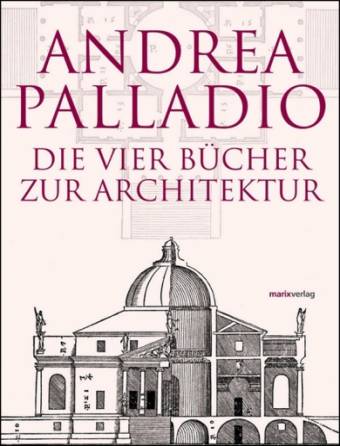


133 and 136.) Finally, in the Scaenographia pictoribus (the Latin manuscript version of the treatise on perspective) there are drawings of the Tuscan, Attic and Ionic bases in which the fillet above the torus is marked as ‘apophigis’ (Marciana, Lat. Barbaro calls this fillet apophysis also in the corresponding drawings of the Attic and Ionic bases in the same treatise (ibid., pp. The drawing of the Tuscan base in Part Four of Barbara’s treatise on perspective indicates the fillet on the top of the base as ‘ cimbia, called apophygis, or listello’ (Barbaro, Pratica, p. In other writings Barbaro also identified the apophysis with the fillet on the top of the torus. In the same page ‘apofige’ is distinguished from the hollow curve of the column: ‘bastone, con quella parte, che si chiama apofige, & apothesi che sono certe piegature dalle teste de i fusti delle colonne, che danno gratia mirabile, quando sono ben fatte.’ Apofige here refers to the fillet, apothesi to the curve above (Barbaro, I dieci, p.

667–88.ģ7 ‘Apofige, o cimbia che si dica’, ‘cimbia detta apofige’ (Barbaro, I dieci, p. Specific theoretical aspects of this paper are further developed in my paper ‘Paduan Aristotelianism and Daniele Barbaro’s Commentary of Vitruvius’ De architectura’, The Sixteenth Century Journal, 29 (1998), pp. Different segments of the paper were presented at the conferences of the Sixteenth Century Society (Atlanta, Georgia, USA, October 1997), International Society for the Classical Tradition (Tübingen, Germany, July 1998) and the Society of Architectural Historians of Australia and New Zealand (Melbourne, October 1998). I owe special gratitude to Ms Ivana Djordjević from McGill University and Ms Carin Wise from Auckland Institute of Technology whose help with the written English of the article was decisive for its final form. I should particularly like to express my gratitude to Professors Joseph Rykwert, Lothar Haselberger and Marco Frascari from the University of Pennsylvania Professors Thomas Gordon Smith, Samir Younés, John Stamper and Duncan Stroik from the University of Notre Dame, Mr Mark Wilson Jones from Rome and the two anonymous reviewers of Architectural History. The writing of this paper has gone through many phases and many of my professors, friends and colleagues have contributed to its present form.


 0 kommentar(er)
0 kommentar(er)
